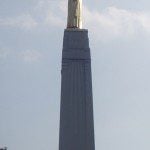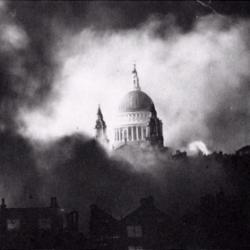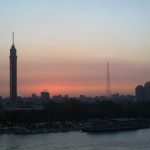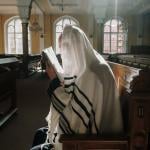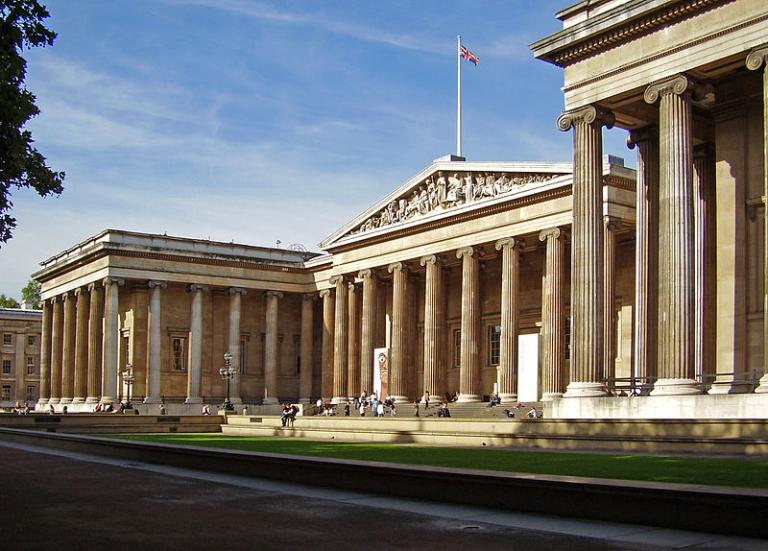
My wife and I spent multiple hours yesterday, Wednesday, scouting out the glorious British Museum. My usual strategy there over the years has been to try to see every room. By the end of the day, my head is splitting and I’m no longer enjoying it, but I’m determined to visit each and every single @#$& room in the building. Toward the end of this tour, though, I’m supposed to lead our group for about an hour and a half — they’ll have a total of three hours there — through some of the highlights of the Museum. So I need to decide what those highlights will be, for our purposes.
And, whereas I’m perfectly willing to get lost, and to backtrack, and to spend time trying yet again to properly orient my copy of the Museum floor plan, that simply won’t do if thirty-eight people are following me. So my wife and I worked our way pretty systematically through the Mesopotamian and Egyptian rooms both on the ground floor and above, deciding that our group would be most interested in (and that I might have most to offer them on) some of the artifacts connected with the ancient Middle East and the Bible. Of course, we’ll also troop dutifully in to see the Elgin Marbles from the Parthenon. I wanted to be sure that I remembered which rooms were which and exactly on which walls and in which cases specific items are to be found. The monumental bust of Ramses II is difficult to miss, of course, as is the Rosetta Stone, but the Lachish Letters and the Amarna Letters and the Taylor Prism and the Black Obelisk of Shalmaneser III and the “Ram Caught in the Thicket” and the bricks stamped with the name of Nebuchadnezzar and even some of the other, larger, objects would be easy, among the vast wealth of objects in each room, to pass by unnoticed.
I’m feeling better prepared now.
My wife and I caught a train from London’s Euston Station up to Manchester Picadilly, arriving here early this afternoon. The train was very fast, very quiet, and very pleasant. (I got a fair amount of writing done.) Although we haven’t met any of them here yet, some of our group are already in Manchester; the rest, if everything goes according to plan, will have arrived by the time that we meet up tomorrow at about noon in Manchester’s airport.
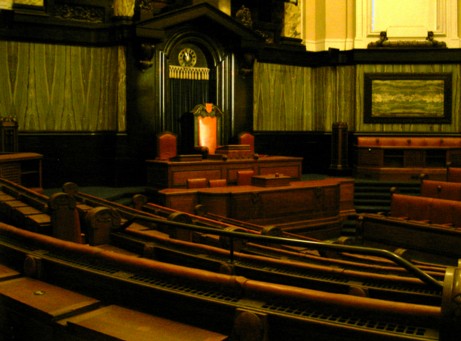
Richard Lambert, now retired, was the United States attorney who enlisted me as an “expert witness” for the prosecution in the federal case against Brian David Mitchell, the infamous kidnapper of Elizabeth Smart. He retired after Mitchell’s competency hearing, in which I testified, but I went on to testify again, a year later, in Mitchell’s actual trial. We’ve remained friends ever since. Brother Lambert is a Church history guy who occasionally leads tours to the United Kingdom, where he served as a young missionary, with a special focus on the translation and translators of the King James Bible. He’s here for one of those tours right now.
We met up with him and his wife and another couple (the husband was also a federal attorney) last night for a performance of Agatha Christie’s Witness for the Prosecution at the London County Hall. Construction of the building began in 1911, prior to the First World War, and it was officially opened by King George V and Queen Mary on 17 July 1922. For almost sixty-five years thereafter, County Hall served as the headquarters of local government for London, initially for the London County Council and later for the Greater London Council. Directly at the center of the County Hall sits the magnificent octagonal Council Chamber, which provided seating for over two hundred council members, as well as four galleries overlooking the Chamber for the public and members of the press.
That is where Witness for the Prosecution was staged. And it was a wonderfully appropriate setting: By far, most of the play is literally a courtroom drama. To our surprise, my wife and I were seated in the jurors’ box. We sat up high, directly to the judge’s right. (Although these photos don’t convey the lofty majesty of the Council Chamber, see here and here.) The light was always upon us, and we were given notebooks and pencils with which to record any elements of the arguments and evidence presented by the prosecution and the defense that had impressed us. In the end, we handed our individual ballots to the bailiff and one of our number, as foreman of the jury, announced our verdict to the judge. It was a very entertaining play. I had never read the story before, and I’ve never seen the 1957 Billy Wilder film of it starring Tyrone Power, Marlene Dietrich, Elsa Lanchester, and Charles Laughton — though now I want to track that down and watch it. So the ending, although I had begun to suspect it, was news to me. Great fun. I recommend both the play and the venue.
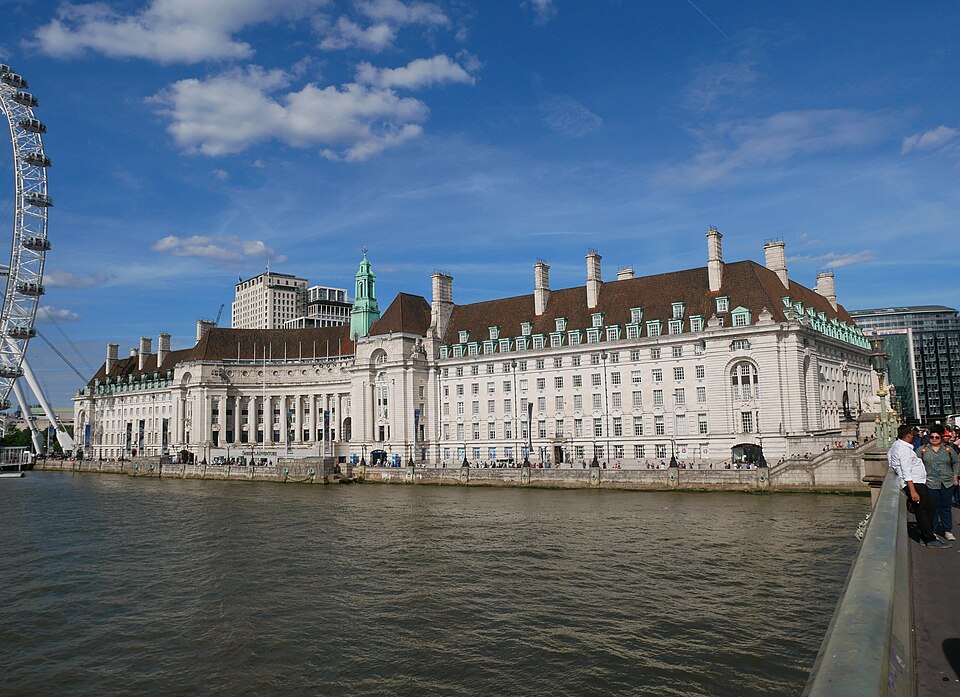
And now, finally, a quintet of grimly alarming reports from the Christopher Hitchens Memorial “How Religion Poisons Everything” File™ about the unceasing attacks mounted by theism and theists against human well-being:
- “Student inventors help BYU rank as a top U.S. university for newly-issued patents: Over half of patents issued to BYU inventors list student co-inventors”
- “Perspective: Having trouble with mental health? Try religion: Mental Health Awareness Month is a good time to look at the connection between religious faith and mental health”
- “Family Services Helps Change Attitudes Around Mental Health in West Africa: Read how one Family Services agency manager is seeing Church leaders and members embrace mental health resources”
- “From drought to dance: Pacific villages celebrate clean water donations: ‘Where there is water there is life. … It is a blessing for our community for you to give this service to us’”
- “Jars of love from Toronto interfaith community: Toronto Latter-day Saints, community members gather to assemble 1,000 soup kits for those in need”
Posted from Manchester, England


